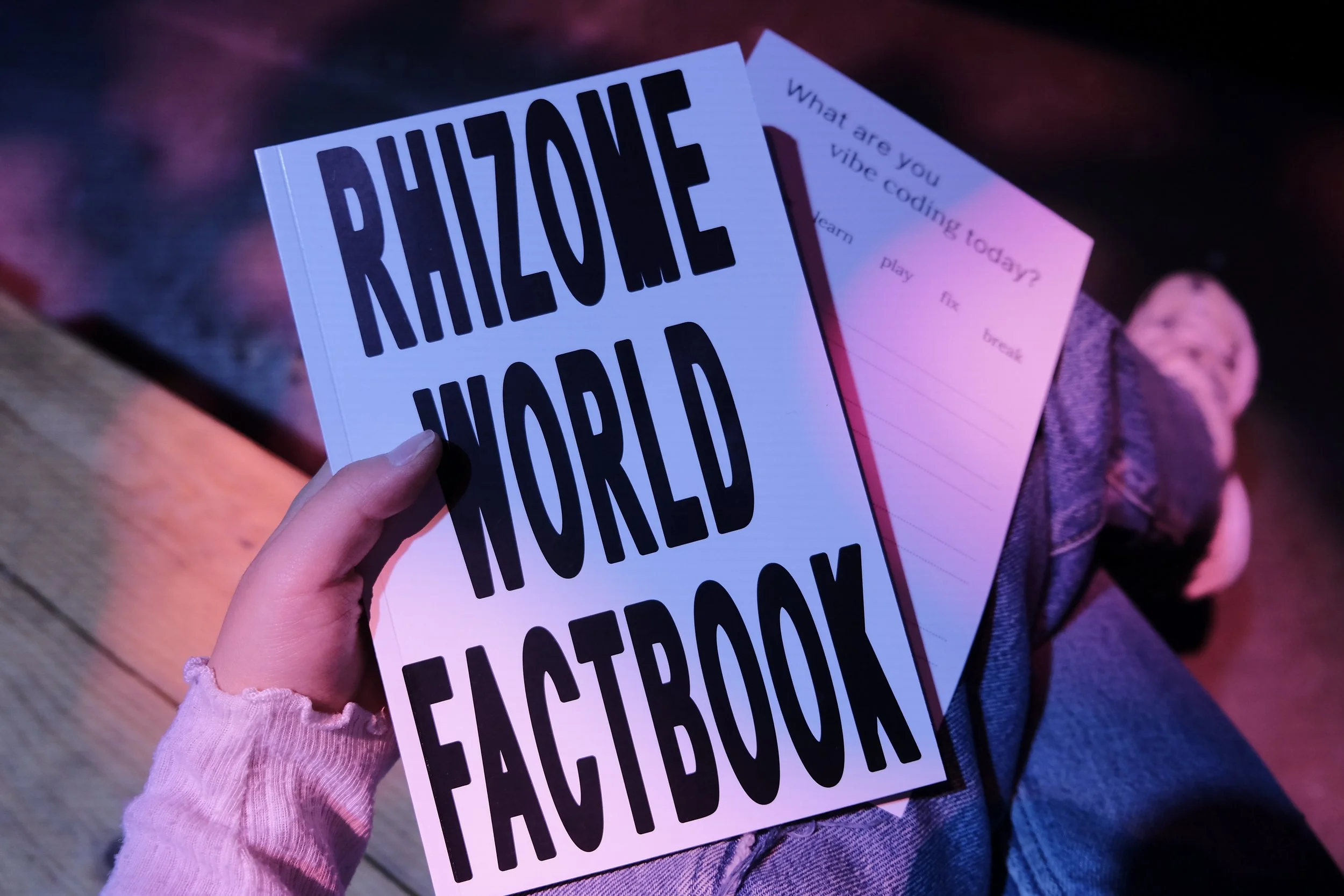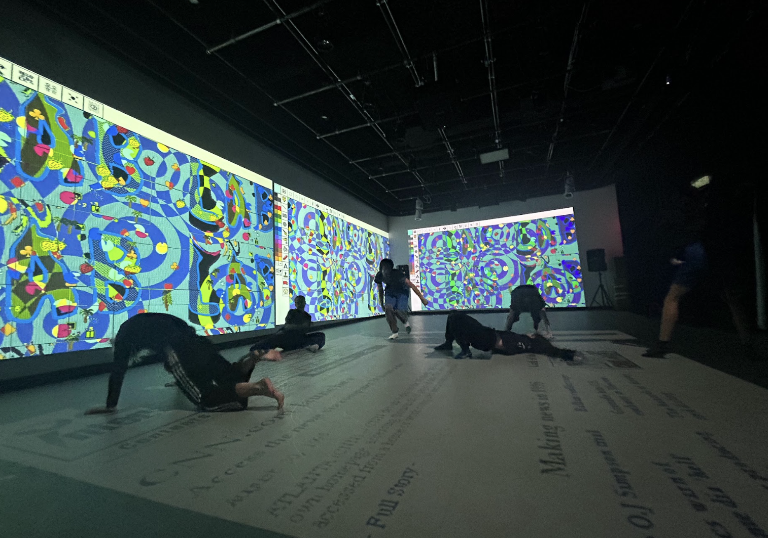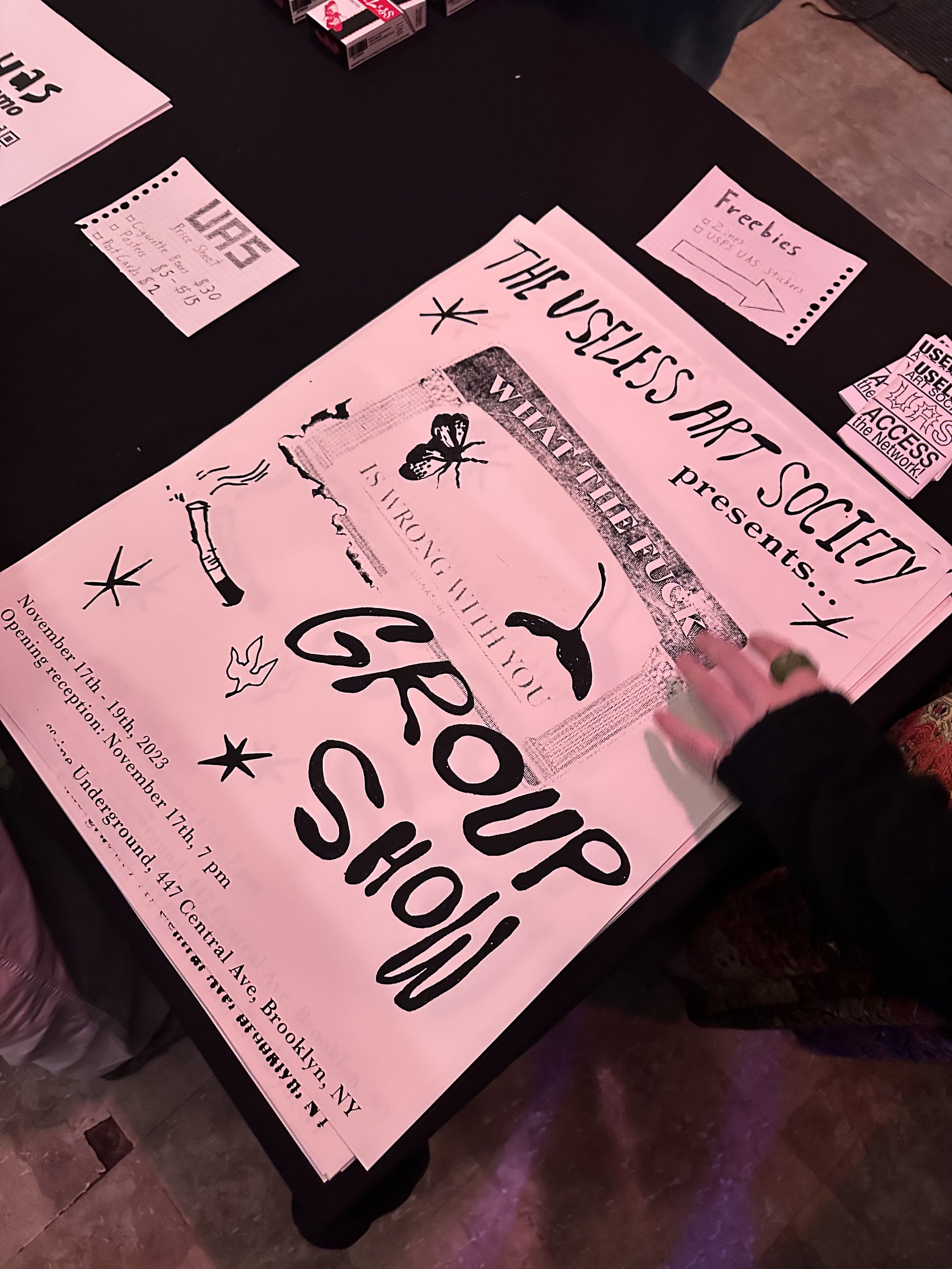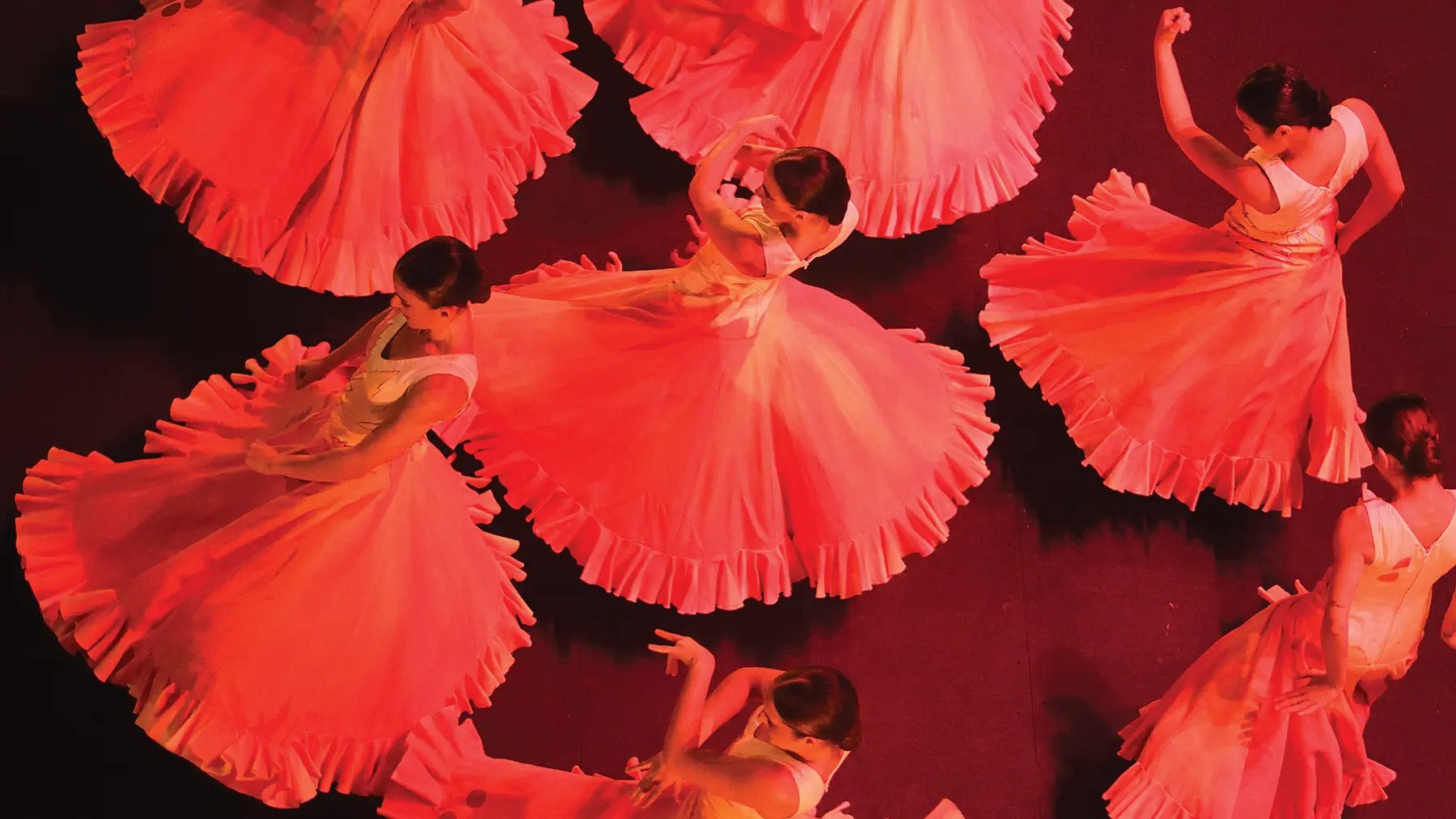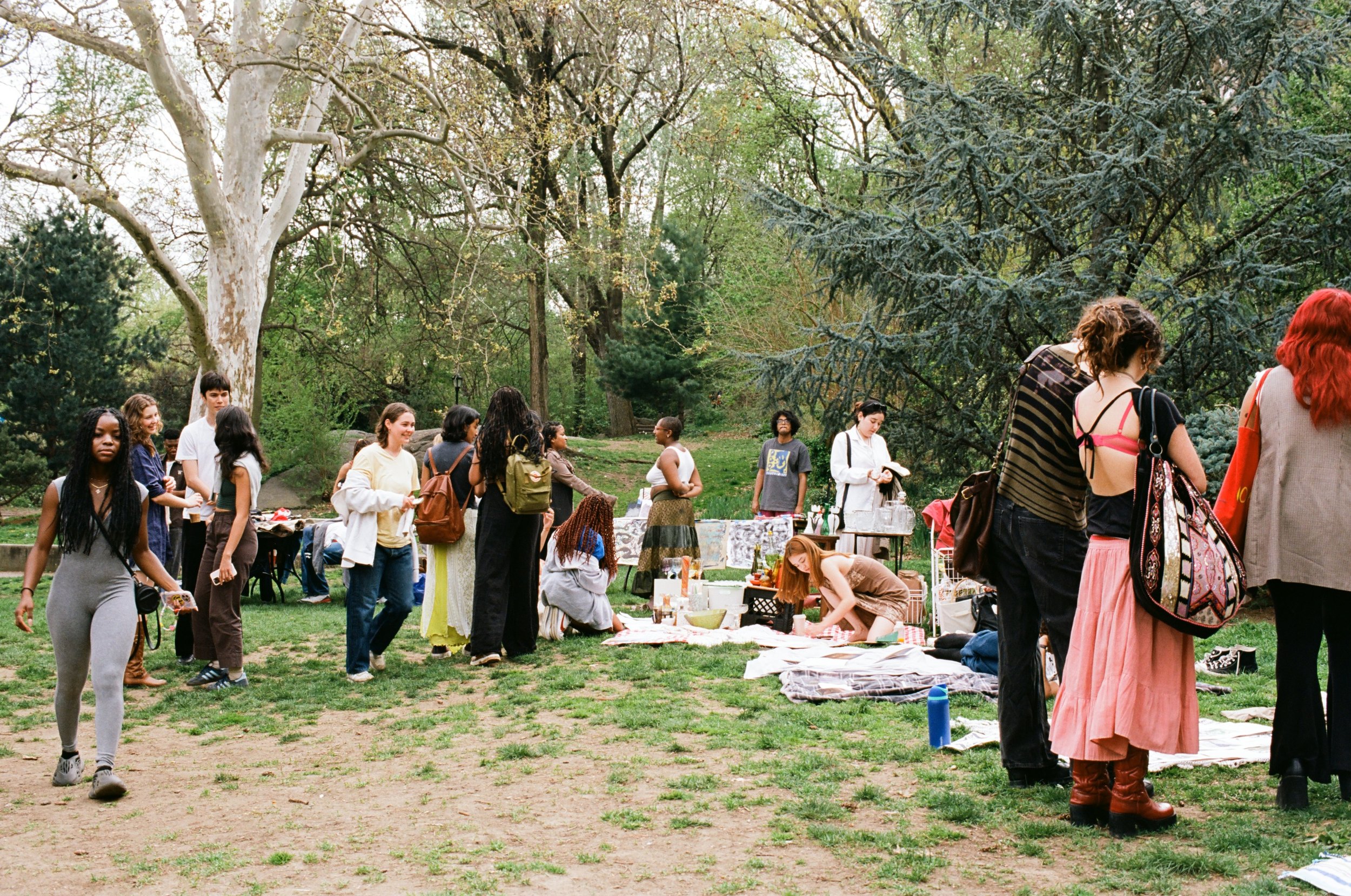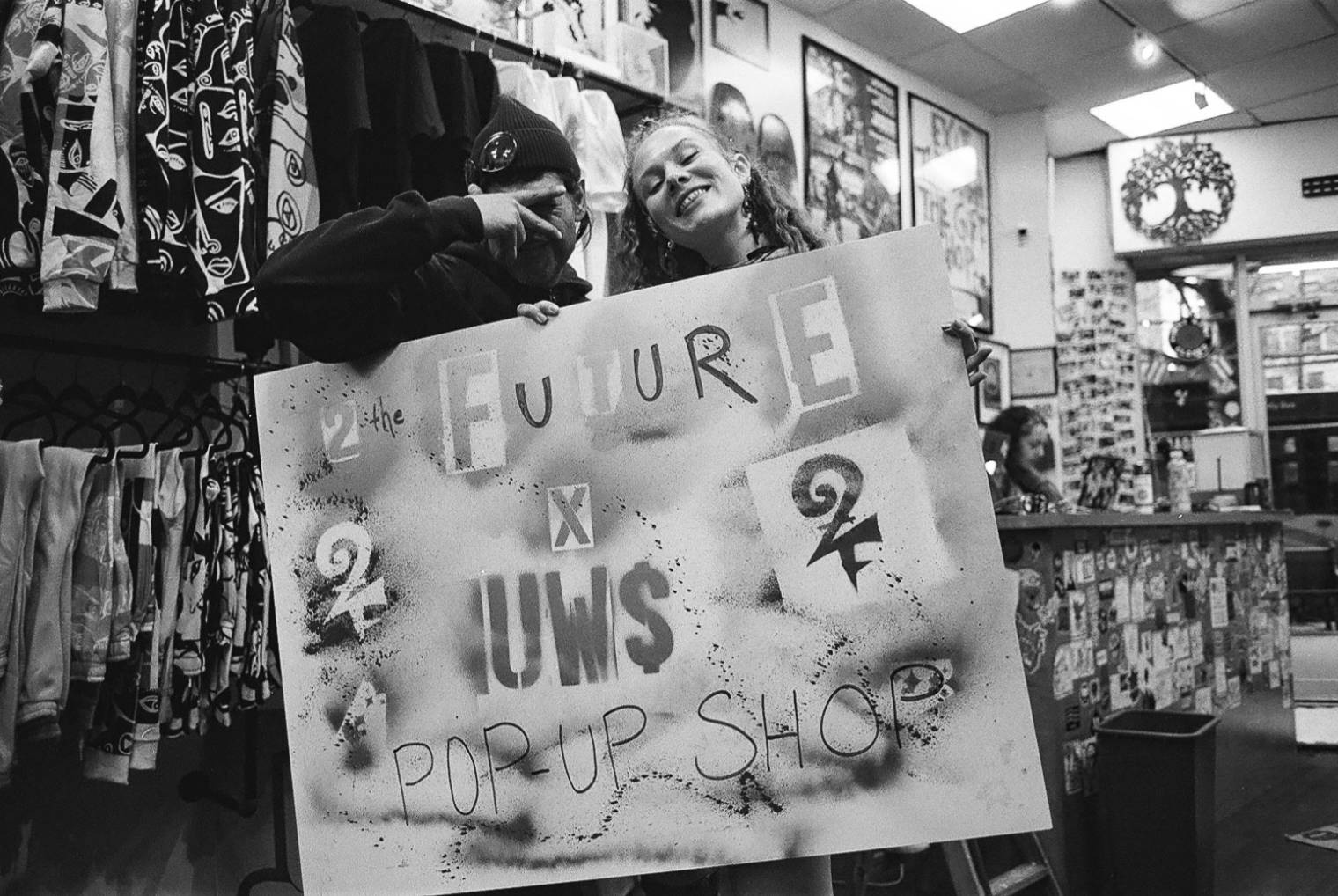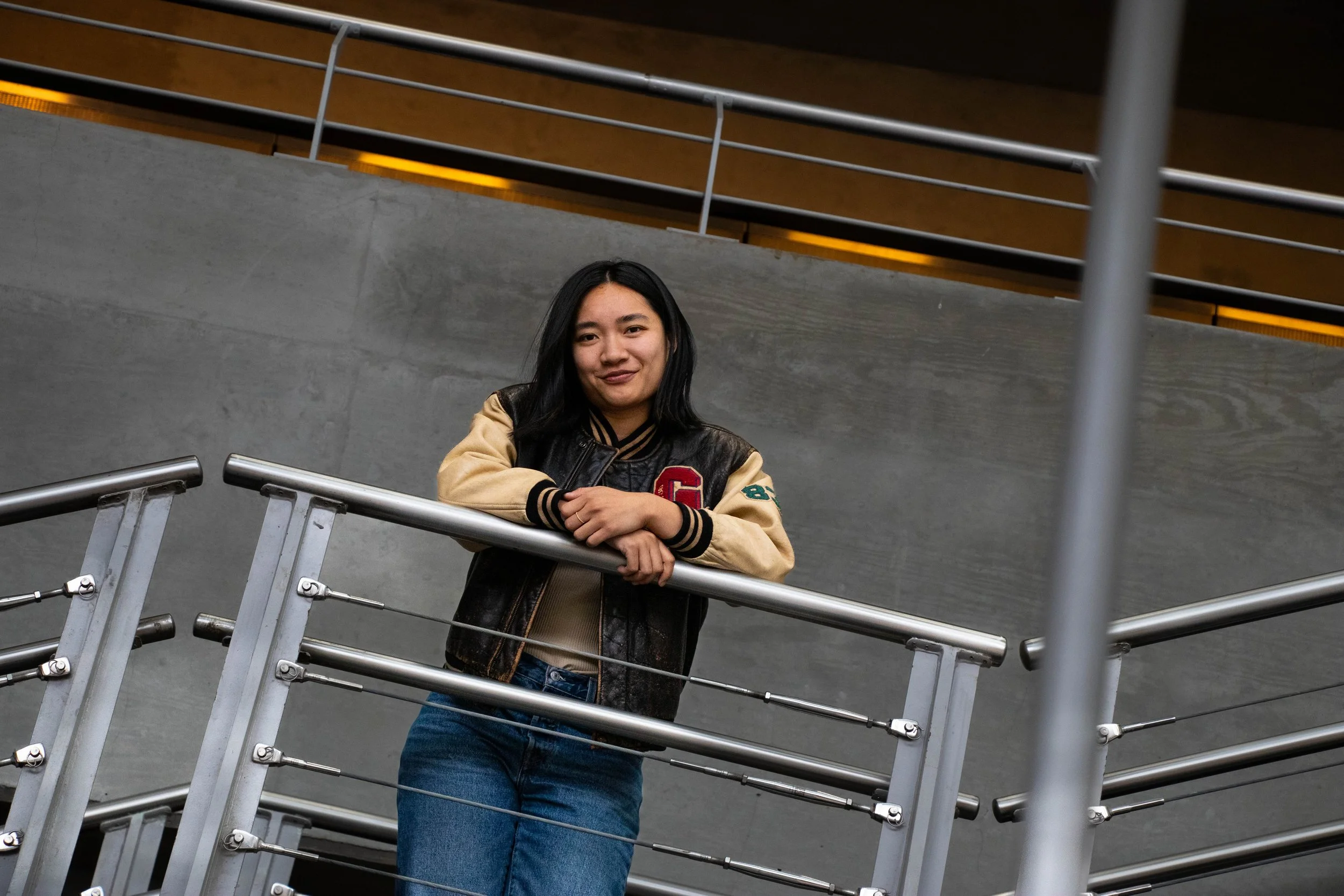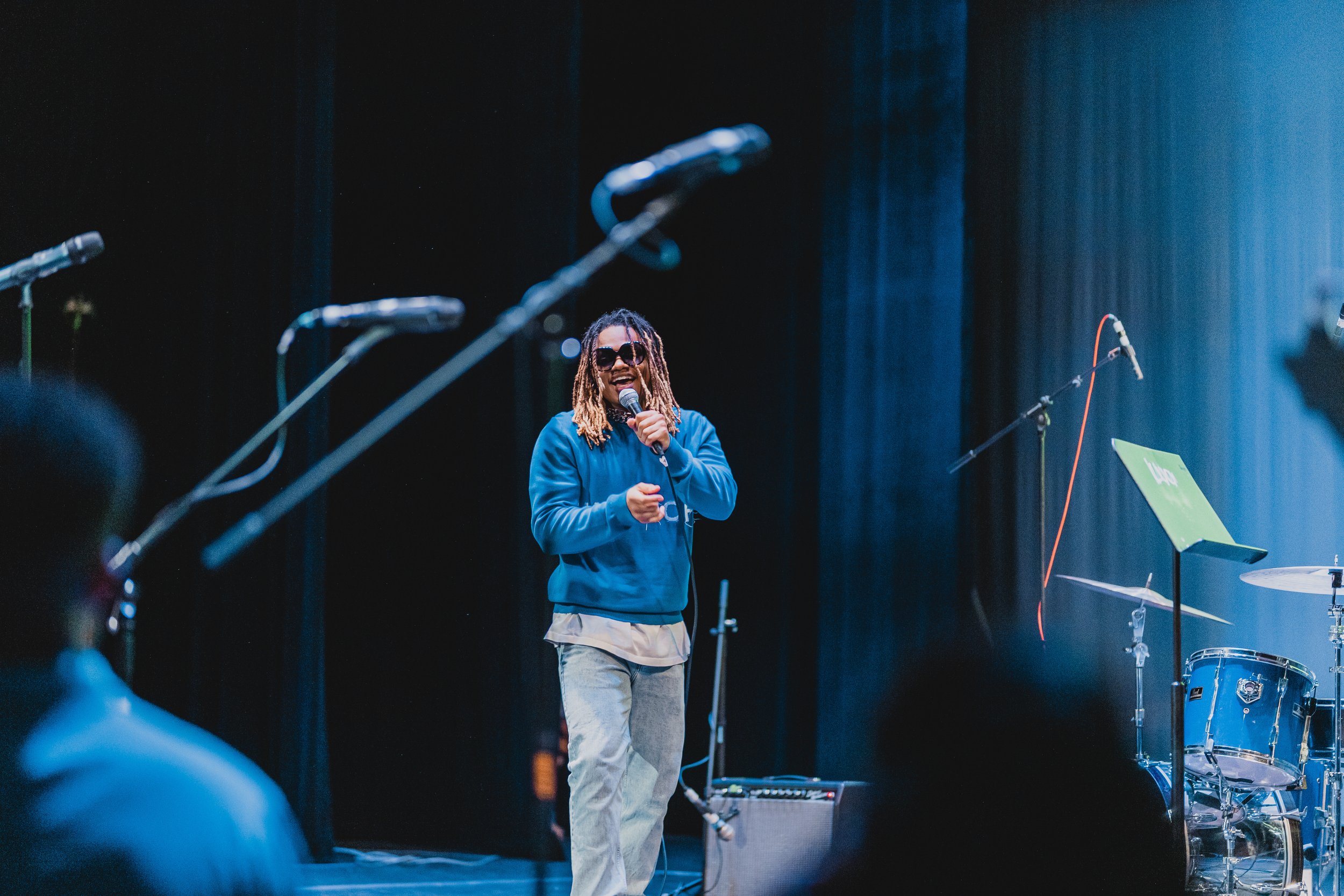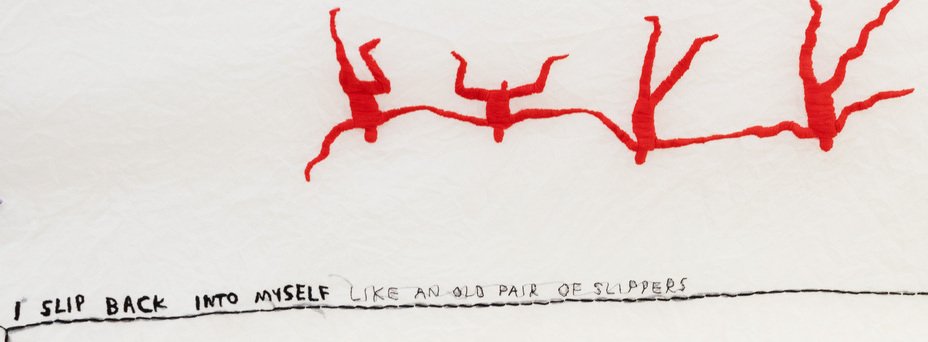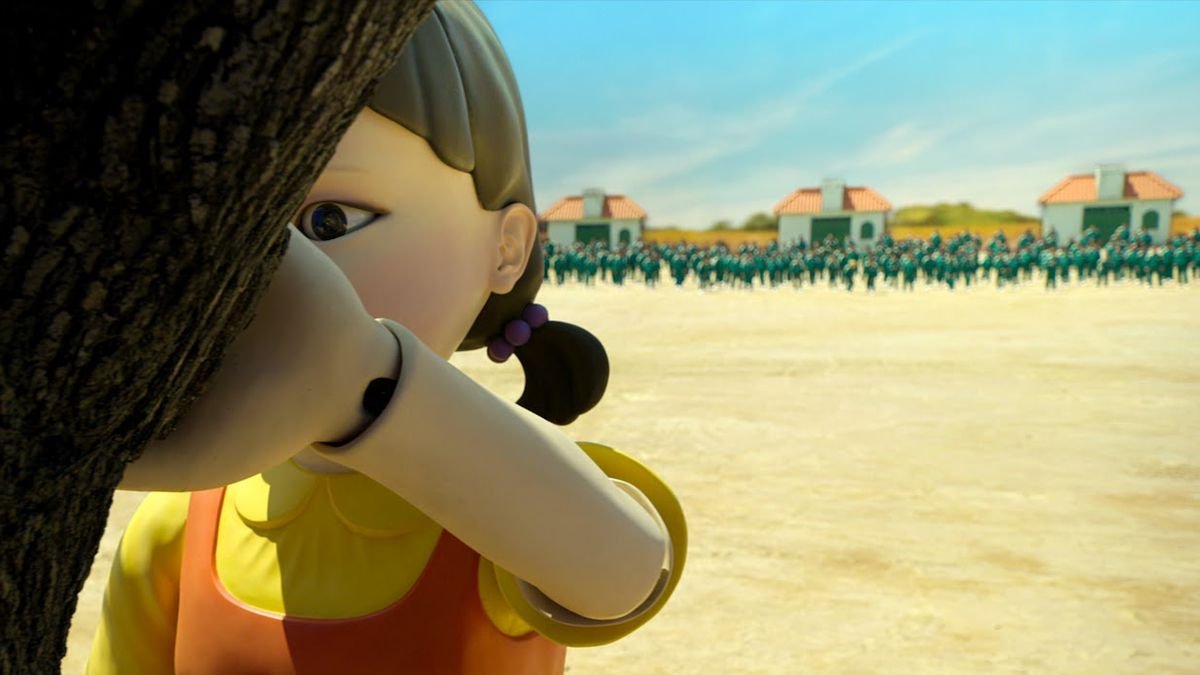Written by Sophia Ricaurte
I first encountered the pages of H of H Playbook on an indigo-pillowed chair in Book Culture. I expected only to flip through Anne Carson’s newest work but instead read it in one sitting. Her own sketches appear with the text on almost every other page; the multimedia format is what suspended me in her artistic web—illustration and language becoming one continuous object. As I read, the surrounding store seemed to shrink, as if space were reacting to my entrancement. My barely audible sighs and bodily shifts meant to pollute the silence I became so steeply conscious of, wanting to reach for something as large as noise.
H of H Playbook, a translation of a Euripidean play that centers upon the tragic hero Herakles, was published on October 26, 2021. Carson’s earlier works Autobiography of Red and Red Doc> are similarly occupied by the fraught character. The title page is half-handwritten and half-typed on torn fragments of pasted white paper so that the letter “H”s are towering and humanly unsteady amidst the fonted “of” and “Playbook.” The display of her title resembles two deconstructed rungs of a ladder, waiting to be parsed side by side. The image contemplates disrupting linearity as a cause and effect of myth. This can be seen in the work’s form, be it through the subversion of text through her peppered illustrations or her disruption of Euripedes’ original diction. The poet delivers the story wholly anew in her modern, two-millennia-aged voice.
In their glory, some of the lines read like a high schooler decided to translate Greek drama in the five minutes before class started: showcasing the monosyllabic rhyme and unpalatably direct. This satirical register magnifies the work’s brilliance; the inherent congruence and pleasure from rhyme accentuate the absurdity of its prevalence in such a brutal myth. Essentially, the plot is that Herakles has gone off to accomplish twelve divinely requested and cruel labors and is at last on the final one. Meanwhile, Lykos has seized Herakles’ throne, looking to kill Herakles’ father, wife, and children. The two narratives must converge; Herakles must save his world.
The drawings enhance the idiom, picking up where the frustration of words leaves off. Her trembling visuals subvert the frankness of the diction and escape the harshness of clarity; the result is a staggering comic tragedy. Her carving of modernity (from syntax to industrialism) conveys the tension between art as a means of preservation and an ode to that which is vulnerable in us. Herakles is no stranger to what it means to be assailable, each of his labors somehow as dangerous as the last, and in this way, Carson makes his persona feel familiar. She bends the distance between hero and audience into something nearly traversable.
Her words frolic and dive without page numbers to cite. We only have quotes floating in a qualitative chronology: toward the beginning, “What’s it like to wear an eternal Olympian overall held by the burning straps of mortal shortfall?” Her words arrive like citrus, with an edge and an aftermath, their point-blank wisdom often unmanageable. On most pages, only a small portion is inhabited by the art (script and otherwise). The rest is blank. Perhaps there is something to be said about loss and its paradoxical mystery of excess. After reading, it seems like Herakles' most cultivated life skill is inflicting loss. The lack of page numbers feels related to emptiness as unquantifiable.
This uncertainty is then granted a formal dignity, not only through the space unfilled, but through the actual drawings as well. Her eraser marks convey time and dissatisfaction, the process of revision, in a way that the printed ink does not. The illustrations offer accessibility in their faded lines, whereas the first drafts of language dissolve after the edits. We see proof of how the hand returns to the same areas it once approached to fill the borders it has made. Language alone exhibits no such transparency.
However, Carson does not color tidily inside her own contours, rejecting borders and implicitly asking: what do we lose in containment? The gold and orange, their vitality, makes the lion above one of the most memorable visuals in the work. The blueness of Herakles’ traumatic stress and permeating violence is the invisible narrative backdrop to the image. An implied polarity of color acts as a visual translation of Greek-born dramatic irony. The angle at which we perceive the lion seems to be from the ground, a position of deference—the form granting a dignity to the animal, one that Herakles labors to own in the content of the play.
Herakles is murderous and painfully ordinary; he feels young. Carson angles the mirror, her language and illustrations, insofar that the reader-viewer sees the blood behind their own eyes. The experience is solitary, the effect: ongoing. In the case of Herakles and ourselves, how to mark the line between responsibility and forgiveness?

